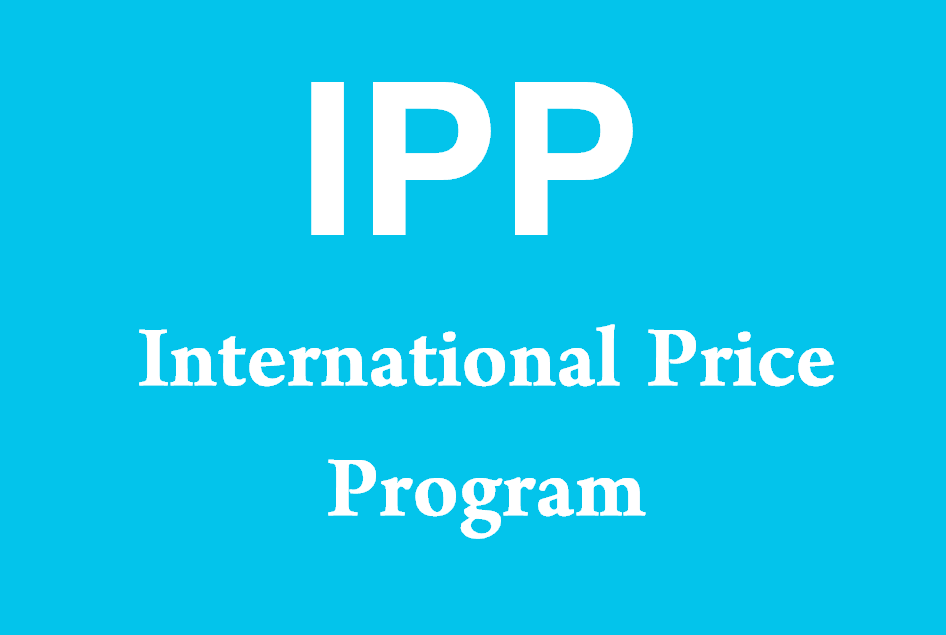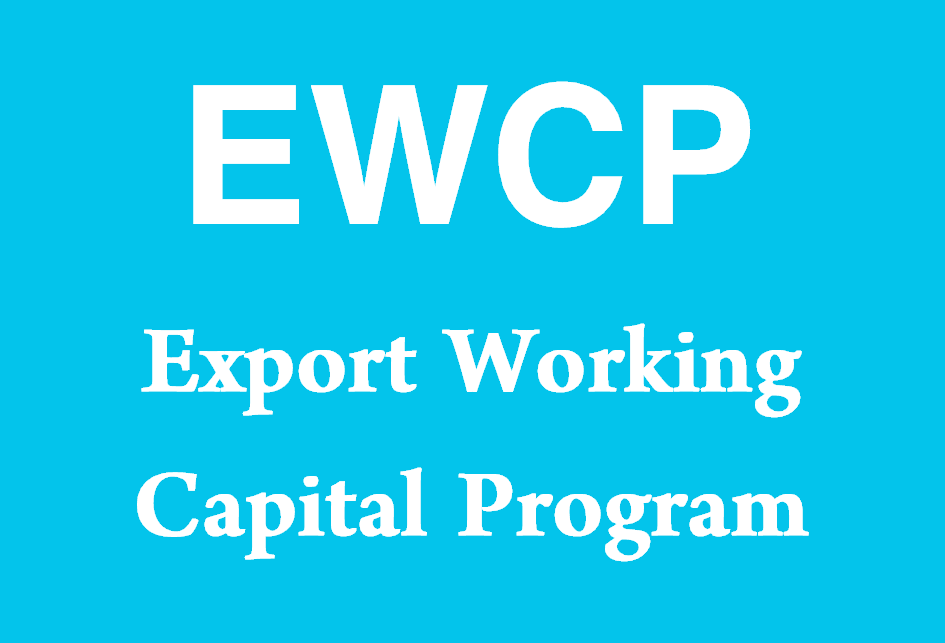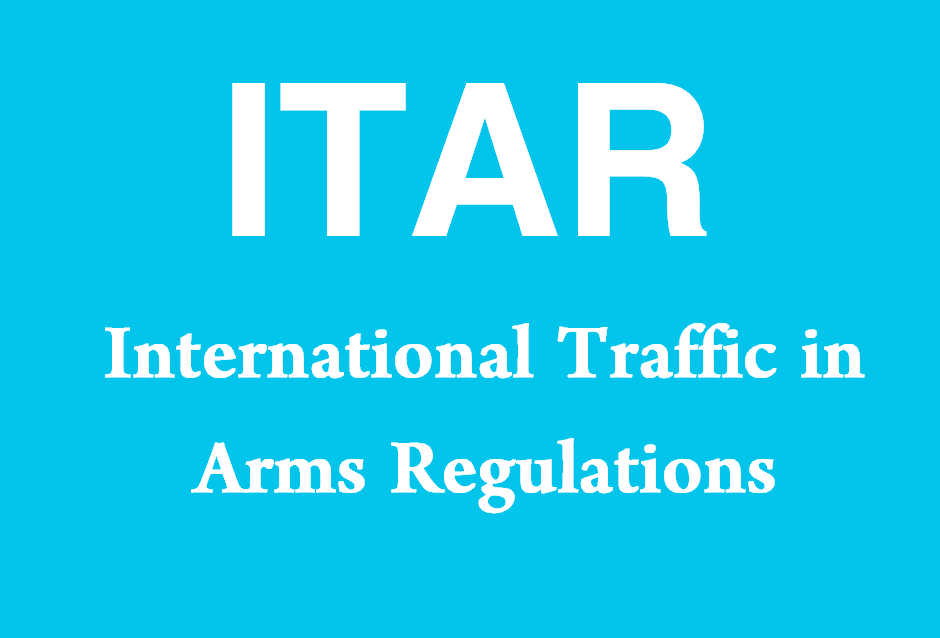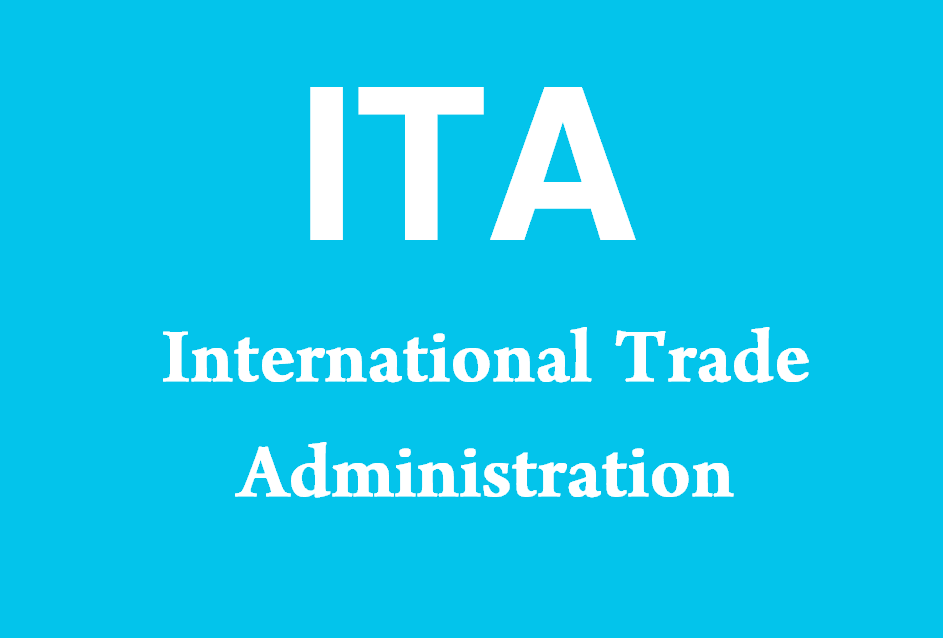What does IPP stand for?
IPP stands for “International Price Program.” The International Price Program is a statistical program conducted by the United States Census Bureau to collect and disseminate data on the prices of goods traded internationally. It provides vital information on import and export prices, helping businesses, policymakers, and researchers monitor price trends, analyze market competitiveness, and make informed decisions in the global marketplace. By compiling and analyzing data on the prices of merchandise traded between the United States and other countries, the International Price Program contributes to the understanding of international trade dynamics and economic relationships on a global scale.

Comprehensive Explanation of International Price Program
The International Price Program (IPP) is an essential statistical initiative managed by the United States Census Bureau, aimed at collecting, analyzing, and disseminating data on the prices of goods traded internationally. Through the IPP, the Census Bureau gathers comprehensive information on import and export prices, providing valuable insights into global trade dynamics, market competitiveness, and price trends across various industries and commodities. This comprehensive dataset serves as a vital resource for businesses, policymakers, researchers, and economic analysts, facilitating informed decision-making and fostering a deeper understanding of international trade relationships and economic developments.
Objectives of the International Price Program
The primary objectives of the International Price Program are as follows:
- Data Collection: The IPP collects detailed price information on merchandise traded between the United States and other countries, covering a wide range of commodities, products, and industries. By capturing data on import and export prices, the program offers a comprehensive view of international trade flows and price dynamics.
- Analysis and Reporting: The IPP analyzes collected data to generate statistical reports, indices, and analyses that provide insights into price trends, changes, and fluctuations in global trade markets. These reports are disseminated to policymakers, businesses, researchers, and the public to support informed decision-making and economic analysis.
- Market Monitoring: The IPP monitors and tracks changes in import and export prices over time, enabling stakeholders to identify emerging market trends, assess competitiveness, and evaluate the impact of economic policies and external factors on trade dynamics.
- Policy Support: The IPP data serves as a critical input for policymakers, economists, and government agencies involved in formulating trade policies, conducting economic research, and assessing the effectiveness of trade agreements and regulations. By providing reliable price information, the program contributes to evidence-based policy formulation and evaluation.
Data Collection Methodology
The International Price Program employs various methods to collect price data on imported and exported goods:
- Survey Questionnaires: The IPP conducts surveys of businesses engaged in international trade, including importers, exporters, manufacturers, and wholesalers. Survey questionnaires are used to collect detailed information on transaction prices, quantities, shipping terms, and product characteristics.
- Administrative Records: In addition to survey data, the IPP utilizes administrative records, customs declarations, and trade documentation obtained from government agencies, customs authorities, and international trade databases. These records provide supplementary information on trade flows, prices, and tariff classifications.
- Sampling Methods: The IPP employs sampling techniques to ensure representative coverage of commodities, industries, and trading partners. Samples of import and export transactions are selected based on criteria such as product category, trading country, transaction value, and frequency of trade.
- Price Indices: The IPP calculates price indices and deflators to measure changes in import and export prices over time, using weighted averages of price data collected from surveyed transactions. These indices provide indicators of inflation, price competitiveness, and purchasing power in international markets.
Key Data Elements
The International Price Program collects data on various aspects of international trade, including:
- Commodity Classification: Products are classified according to the Harmonized System (HS) codes or other standard classification systems, allowing for the aggregation and comparison of price data across different product categories.
- Transaction Prices: The IPP collects transaction-level price data, including unit prices, total transaction values, currency denominations, and pricing terms (e.g., Free on Board, Cost, Insurance, and Freight).
- Quantity and Volume: In addition to prices, the program gathers information on the quantities, volumes, weights, or units of measure associated with traded goods, enabling the calculation of price indices and value-to-volume ratios.
- Origin and Destination: Data on the country of origin and destination for imported and exported goods are recorded to track bilateral trade flows, analyze trade patterns, and identify emerging markets or trading partners.
- Time Period: Prices are recorded over specific time periods, such as monthly, quarterly, or annually, allowing for the analysis of price trends, seasonality, and cyclical patterns in international trade markets.
Dissemination of Data and Reports
The International Price Program disseminates collected data and analytical reports through various channels:
- Online Databases: The IPP maintains online databases and data portals where users can access and download price data, indices, and statistical reports on international trade prices. These databases provide searchable, downloadable datasets for public use.
- Statistical Publications: The Census Bureau publishes periodic statistical reports, bulletins, and publications containing analysis, summaries, and interpretations of international price data. These publications cover topics such as import/export price indices, trade price differentials, and commodity-specific price trends.
- Customized Data Products: The IPP offers customized data products and analytical services tailored to the specific needs of stakeholders, including businesses, researchers, policymakers, and trade associations. These products may include specialized reports, data extracts, and custom analyses based on user requirements.
- Data Access Tools: The IPP provides data access tools, visualization tools, and interactive dashboards that allow users to explore, visualize, and analyze international price data dynamically. These tools enhance data accessibility, usability, and comprehension, enabling users to extract valuable insights and conduct detailed analyses of international trade price dynamics.
Importance of International Price Program to Importers
The International Price Program (IPP) holds significant importance for importers involved in global trade transactions. Importers benefit from the following aspects of the IPP:
- Price Transparency: The IPP provides importers with access to comprehensive and accurate price data on imported goods, allowing them to benchmark prices, negotiate favorable terms with suppliers, and make informed purchasing decisions based on market trends and competitiveness.
- Cost Analysis: Importers can use IPP data to analyze the cost structure of imported products, including price components such as transportation, insurance, customs duties, and other associated expenses. This analysis helps importers evaluate the total landed cost of imported goods and optimize sourcing strategies to minimize costs and enhance profitability.
- Market Intelligence: IPP data enables importers to gain insights into global market dynamics, including price trends, fluctuations, and competitive pressures in international trade markets. By monitoring price movements and analyzing market conditions, importers can identify opportunities, anticipate changes, and adjust their sourcing strategies accordingly.
- Supplier Evaluation: Importers can utilize IPP data to evaluate the pricing strategies of potential suppliers, assess the competitiveness of their offers, and compare price levels across different suppliers and regions. This evaluation process enables importers to select reliable, cost-effective suppliers and build sustainable sourcing partnerships.
- Risk Management: By monitoring international price trends and fluctuations, importers can proactively manage price-related risks, such as currency volatility, commodity price changes, and market uncertainties. This risk management approach allows importers to implement hedging strategies, diversify sourcing options, and mitigate the impact of adverse price movements on their business operations.
Sample Sentences with the Acronym “IPP” and Their Meanings
- The importer relied on IPP data to analyze pricing trends in the global market, identifying cost-effective sourcing opportunities and optimizing procurement strategies for maximum competitiveness.
- Meaning: The importer used data from the International Price Program to examine fluctuations in international prices, identifying opportunities to source goods at favorable prices and refining procurement tactics to enhance competitiveness.
- IPP reports indicated a downward trend in import prices for key commodities, prompting the importer to negotiate lower prices with suppliers and pass cost savings on to customers.
- Meaning: Reports from the International Price Program showed a decrease in import prices for critical commodities, leading the importer to engage in negotiations with suppliers to secure reduced prices and offer more competitive pricing to customers.
- The importer conducted a comparative analysis of supplier quotations using IPP data, selecting the supplier with the most favorable pricing terms and ensuring cost-effective procurement of goods.
- Meaning: Using data from the International Price Program, the importer compared quotations from different suppliers, choosing the supplier offering the best pricing conditions and ensuring efficient procurement of goods at competitive prices.
- IPP indices revealed a significant disparity in import prices across regions, prompting the importer to diversify its sourcing strategy and explore alternative supply sources to mitigate price risks.
- Meaning: Indices from the International Price Program highlighted notable differences in import prices among various regions, prompting the importer to diversify its sourcing approach and investigate alternative supply channels to reduce exposure to price fluctuations.
- The importer utilized IPP data to conduct a comprehensive analysis of landed costs, including transportation, duties, and taxes, to accurately assess the total cost of importing goods and optimize supply chain efficiency.
- Meaning: Leveraging data from the International Price Program, the importer performed an in-depth evaluation of landed costs, encompassing various factors such as transportation expenses, customs duties, and taxes, to precisely determine the overall expense of importing goods and enhance operational efficiency within the supply chain.
Other Meanings of “IPP”
| Acronym | Meaning |
|---|---|
| IPP | Intellectual Property Policy |
| IPP | Independent Power Producer |
| IPP | Intergovernmental Panel on Pesticides |
| IPP | Initial Public Offering |
| IPP | Institute for Public Policy |
| IPP | International Property Protection |
| IPP | Investment Promotion Program |
| IPP | Integrated Product and Process |
| IPP | Institute of Professional Photographers |
| IPP | Integrated Product Policy |
| IPP | In-Plant Polyethylene Piping |
| IPP | International Polar Patrol |
| IPP | Institute of Photonics and Electronics |
| IPP | International Press Photo |
| IPP | Interactive Public Presentation |
| IPP | Interactive Physics Program |
| IPP | Infection Prevention Program |
| IPP | Inter-Platform Protocol |
| IPP | ImmunoPure Peroxidase |
| IPP | International Polytechnic Program |
| IPP | Independent Power Producer Program |






